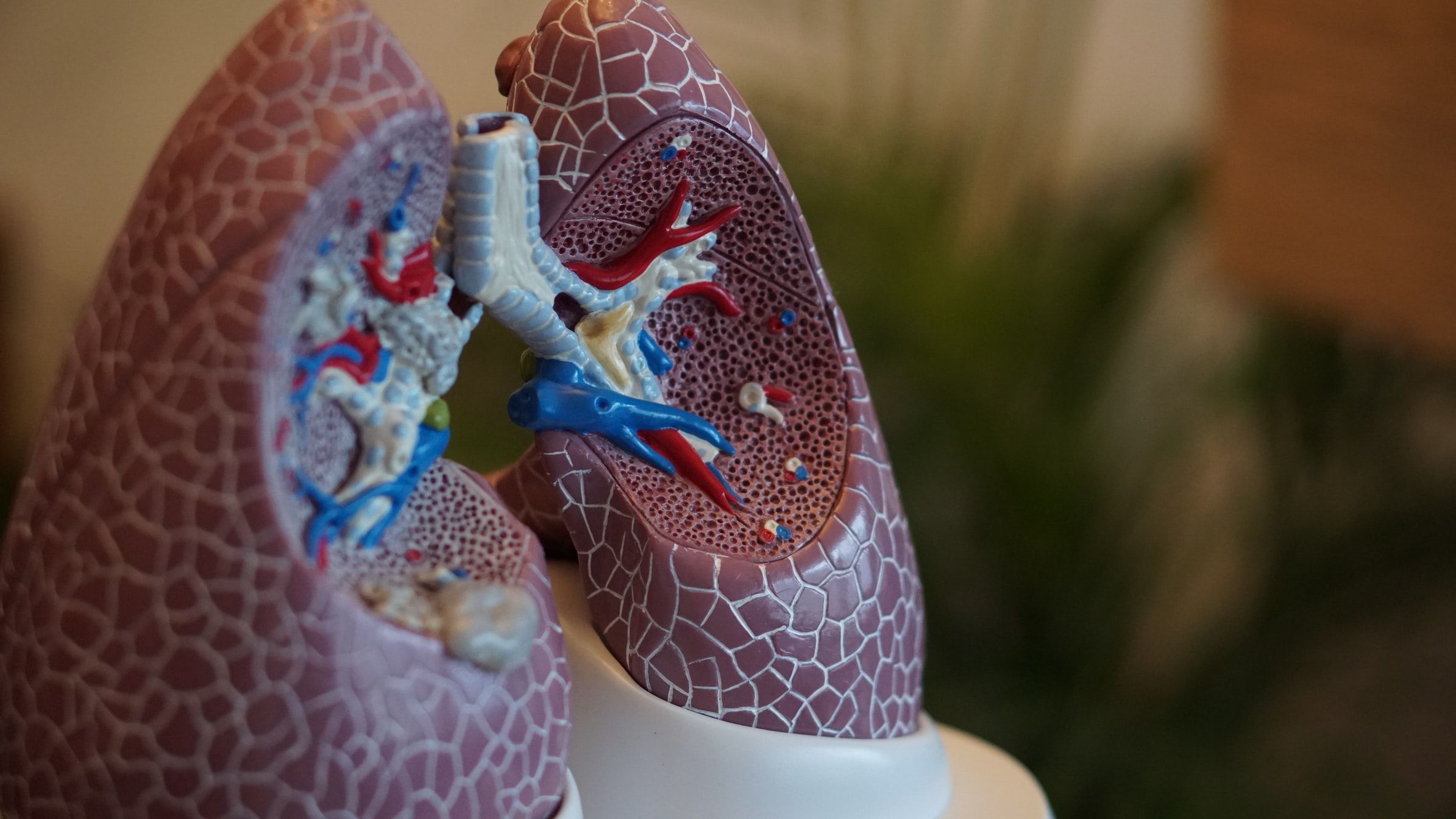Article
Omalizumab Allergic Asthma Benefit Dependent on Pathway Metrics
Author(s):
The monoclonal antibody has proved effective in combatting the spread of fibrocytes in asthmatic individuals.

A new study from the Taipei Medical University in Taiwan observed that the monoclonal antibody omalizumab plus anti-immunoglobin therapy were effective in improving asthma control and pulmonary function in patients with asthma.
The study, headed by Chun-Hua Wang, provided further insight into the impact of fibrocytes on the obstruction of airflow in patients. Fibrocytes have been known to act as precursors to bronchial myofibroblasts, which negatively impact airflow tissue and can cause obstruction.
Additionally, the investigators studied the dual impact of omalizumab on the interleukin 13 and 31 (IL-13; IL-31), as the pathways pertain to fibrocyte activation in participants of the study.
The participants were comprised of 14 non-smoking stable asthmatics with well control of their asthma under low-dose inhaled beclomethasone and 13 non-smoking patients with severe allergic asthma (SAA) with high type 2 inflammation phenotypes and poor asthma control.
The serum levels of IL-31 and IL-13 were measured by quantitative sandwich-type enzyme-linked immunoassay (ELISA) kits, and fibrocytes in Non-Adherent Non-T (NANT) cells were verified and treated with specific antibodies. NANT cells in mild and SAA patients were then treated with omalizumab.
In order to study fibrocyte migration, the team examined fibrocytes from NANT cells gathered from participants and incubated them with antibodies.
The participants were treated for 3 months.
After the 3-month trial, the team noted that drug treatment significantly improved asthma control and pulmonary function in mild and SAA patients. They also noted a decrease in airway RBM and lamina propria thickness in SAA patients with T2-high phenotype.
After studying the cultured NANT cells, the team observed that SAA patients had a higher number of fibrocytes within CXCR4 and CCR7 proteins, which could lead to potential fibrotic change within participants.
However, omalizumab was shown to reduce the number of fibrocytes in chemokine receptors CXCR4+ and CCR7+ , resulting in a significant decrease in fibrocytes recruitment in the peripheral blood. The team hypothesized a decrease in tissue migration within participants.
“Our results suggest that the decreased fibrocyte activation by omalizumab may contribute at least in part to its improvement in airway remodeling in SAA,” the team wrote.
While there were marked differences in the 2 participating groups, as well as limitations due to a lack of purified fibrocytes within the study, the trials proved effective across the board.
In addition to decreased fibrocyte activation and tissue injury, the omalizumab treatment arm was also effective in reducing collagen and fibronectin deposition, reticular basement membrane (RBM) thickness and bronchial wall thickness, especially in patients with eosinophilic airway inflammation.
While the team did acknowledge the effectiveness of the trial, they also admitted that proteins within participants played a role in limiting the spread of fibrocytes.
“The effectiveness of omalizumab in down-regulating chemokine receptor expression may be attributable to the effects of IL-33 on both CXCR4 and CCR7, and the effects of IL-13 on CCR7,” the team wrote.
The study, “Anti-IgE therapy inhibits chemotaxis, proliferation and transformation of circulating fibrocytes in patients with severe allergic asthma,” was published online in Respirology.




